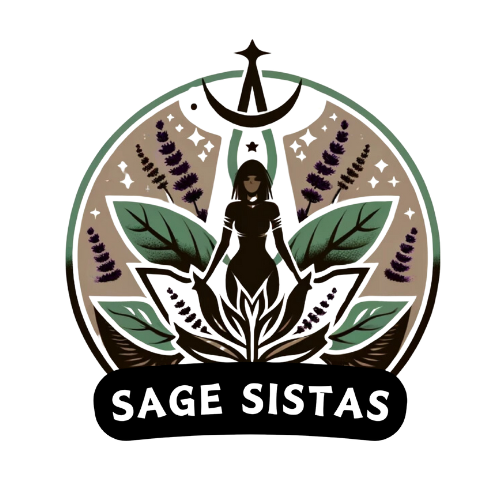Samwa (Cleome droserifolia)
Cleome droserifolia, commonly known as Samwa, is a medicinal herb rich in bioactive compounds and it's traditionally used in Bedouin medicine to treat diabetes, skin conditions, and respiratory ailments.
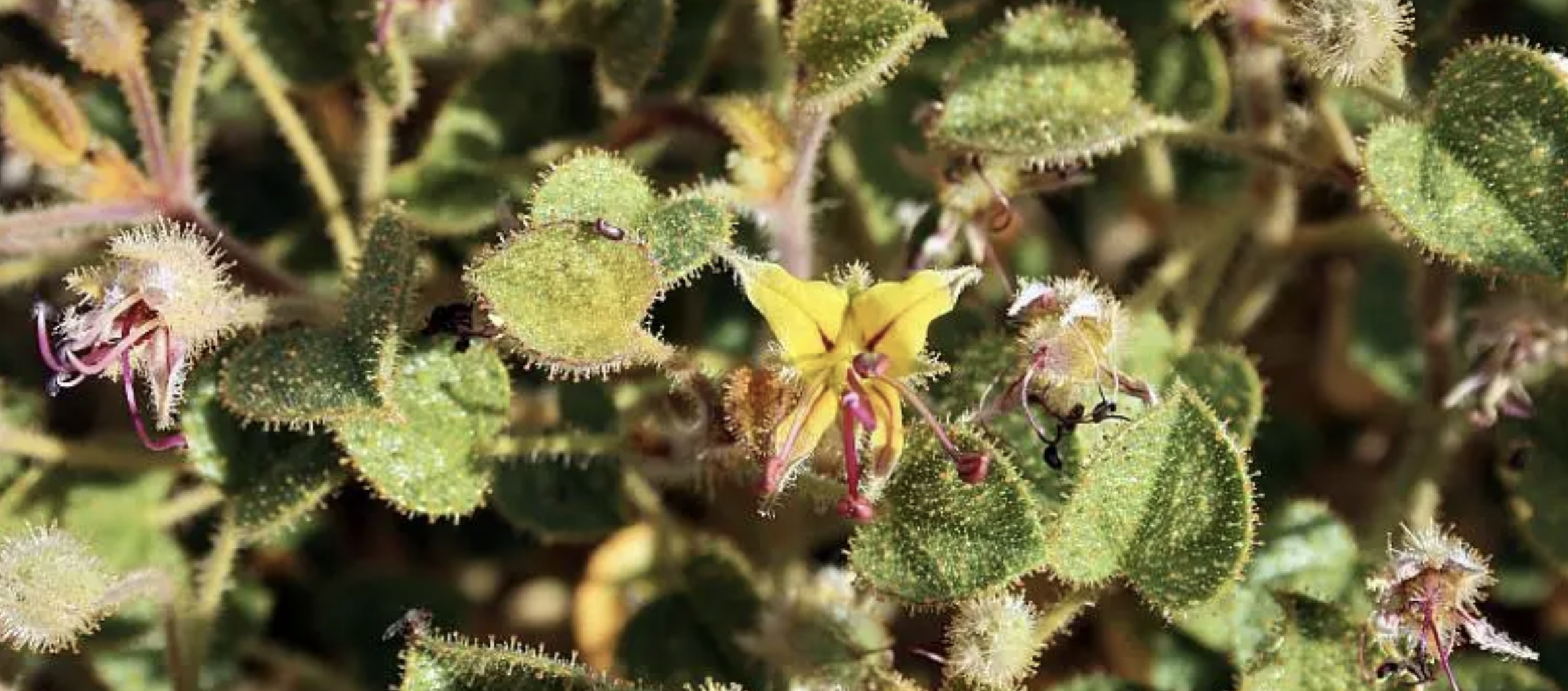
| Botanical name | Cleome droserifolia |
| Arabic name | سموة / المشطه |
| Family | Cleomaceae |
| Native to: | Djibouti, Egypt, Eritrea, Lebanon, Syria, Libya, Oman, Palestine, Saudi Arabia, Sinai, Socotra, Somalia, Sudan, Yemen |
| Conservation status | Not threatened |
| Medicinal part | Aerial parts |
| Energetics | Dry and Warm / Bitter and astringent |
| Organ Affinity | Skin, digestive system, immune system, respiratory system |
Commonly known as spider flower, it’s a perennial aromatic shrub of the family Cleomaceae that requires stony soil for growth, it’s distributed regionally in Egypt, Libya, Syria, Jordan and Palestine, in Egypt it appears in South Sinai, Red sea coast, the Oasis and Mediterranean coast. It is native to arid and semi-arid regions, particularly in North Africa and the Middle East, including countries like Egypt, Saudi Arabia, and Jordan.
Table of contents
BOTANICAL FEATURES
Morphology
Type: Perennial herb or small shrub.
Height: Typically grows up to 50 cm (20 inches).
Stem: Branching, woody at the base, covered in fine hairs or glandular trichomes.
Leaves
Arrangement: Alternate, with a simple structure.
Shape: Lanceolate (lance-shaped), approximately 1-2 cm long.
Surface: Pubescent or glandular, reducing water loss.
Color:The upper-side of the leaves are green and the underside is a lighter yellowish-green.
Flowers
Inflorescence: Arranged in racemes (unbranched clusters).
Color: Small, yellow flowers.
Structure: Four petals, six stamens, one pistil.
Fruit
Type: Capsule, which splits open at maturity.
Shape: Elongated and slender, containing several seeds.
Root System
Type: Deep, fibrous roots that access moisture in arid soils.
Habitat and adaptation
-
Drought Resistance: Cleome droserifolia is well adapted to survive in hot, dry climates. Its small, hairy leaves reduce water loss through transpiration, and its deep root system allows it to tap into underground moisture.
-
Soil Tolerance: The plant is tolerant of poor, sandy, or rocky soils, which are typical of its native desert and semi-desert habitats.
-
Temperature Tolerance: It can withstand extreme temperatures, both hot and cold, which is common in desert environments.
Ecological Role
-
Pollination: The yellow flowers of Cleome droserifolia attract specific pollinators, such as bees and other insects adapted to the arid environment.
-
Soil Stabilization: The plant’s root system helps stabilize the soil in its native habitats, reducing erosion in sandy or rocky areas.
Conservation status
While Cleome droserifolia (Samwa) is not classified as endangered or threatened at a global level, it is essential to monitor its populations and habitats due to potential local threats. Conservation measures focusing on habitat protection, sustainable use, and further research are crucial to ensuring its survival in the wild.
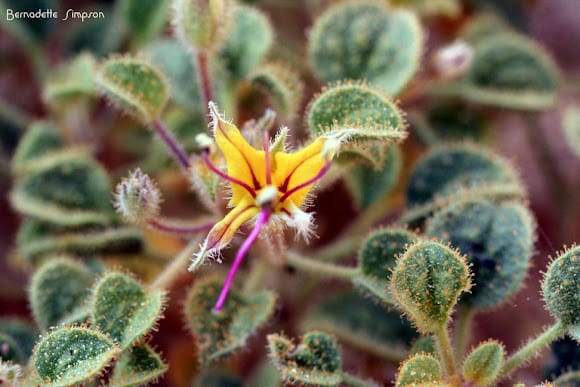
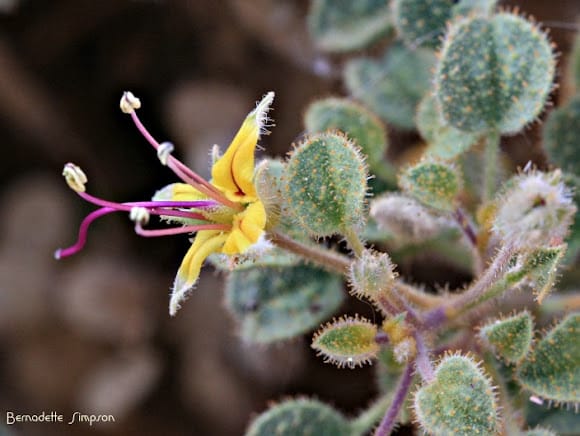
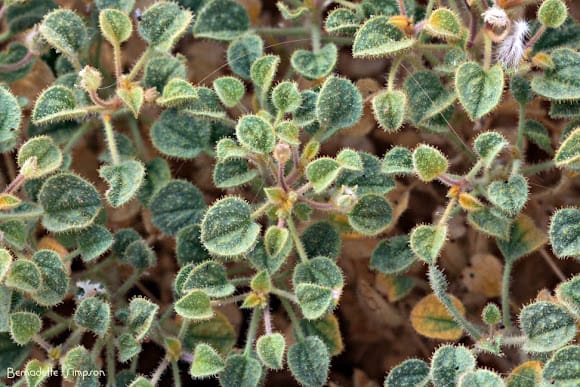
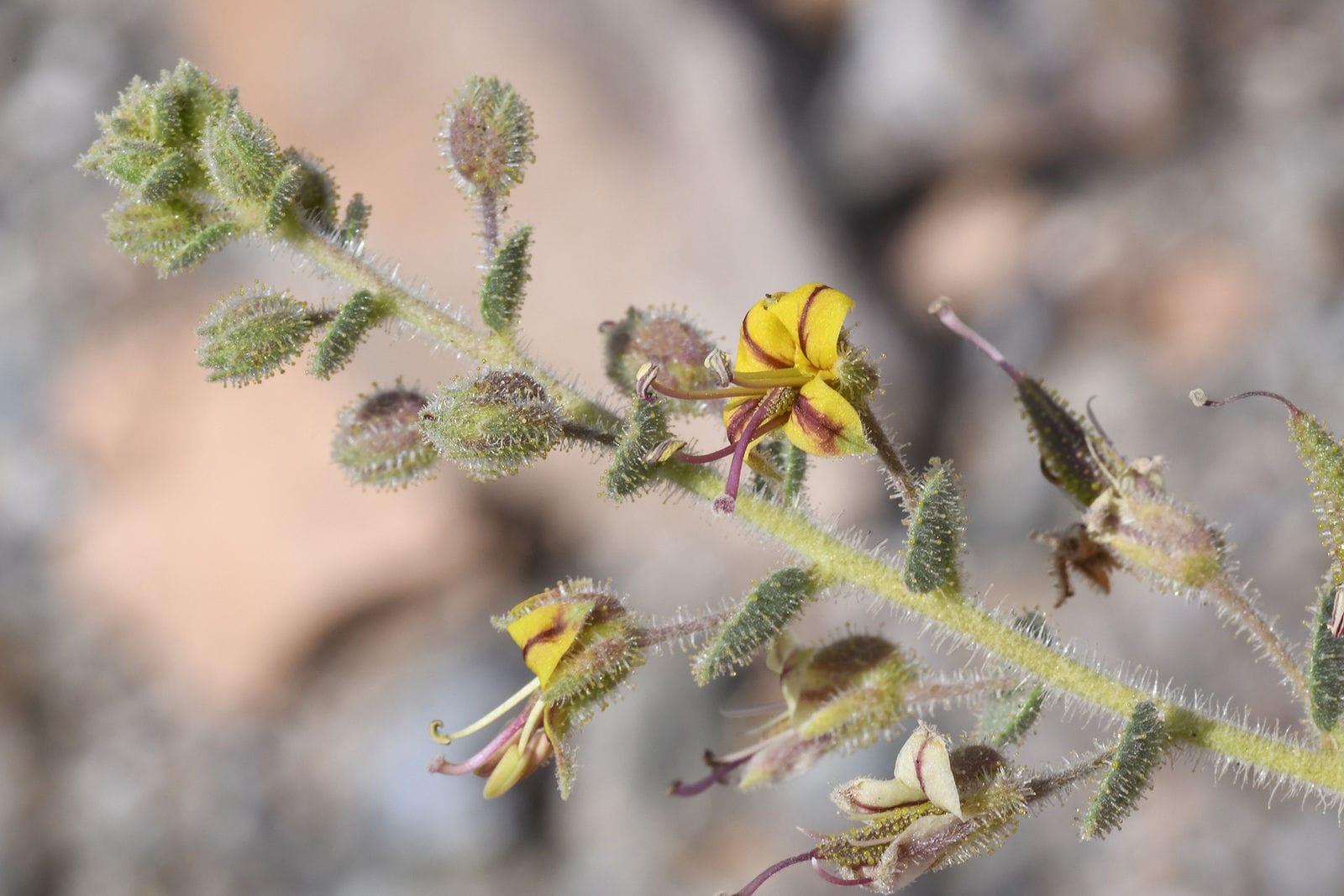
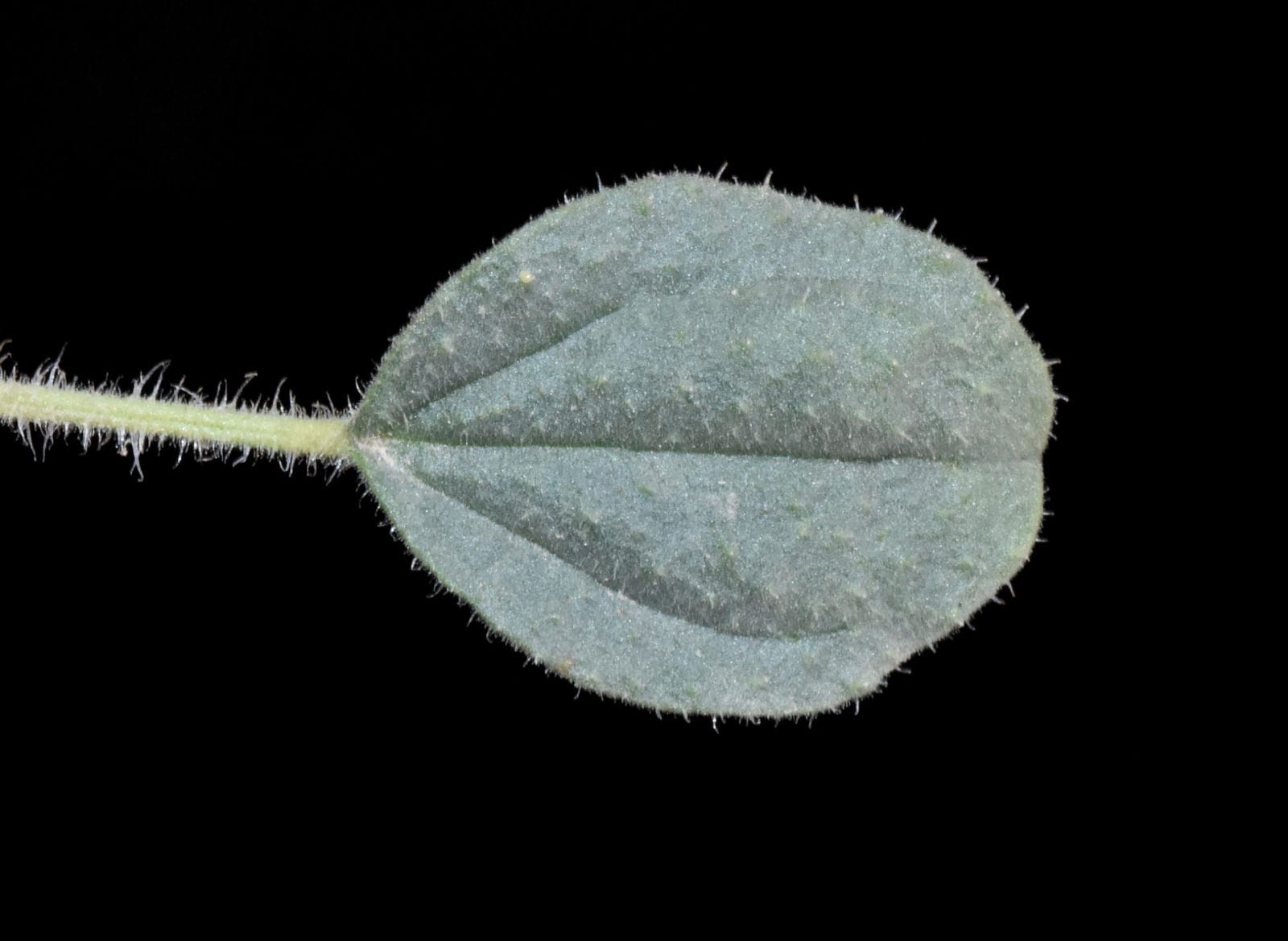
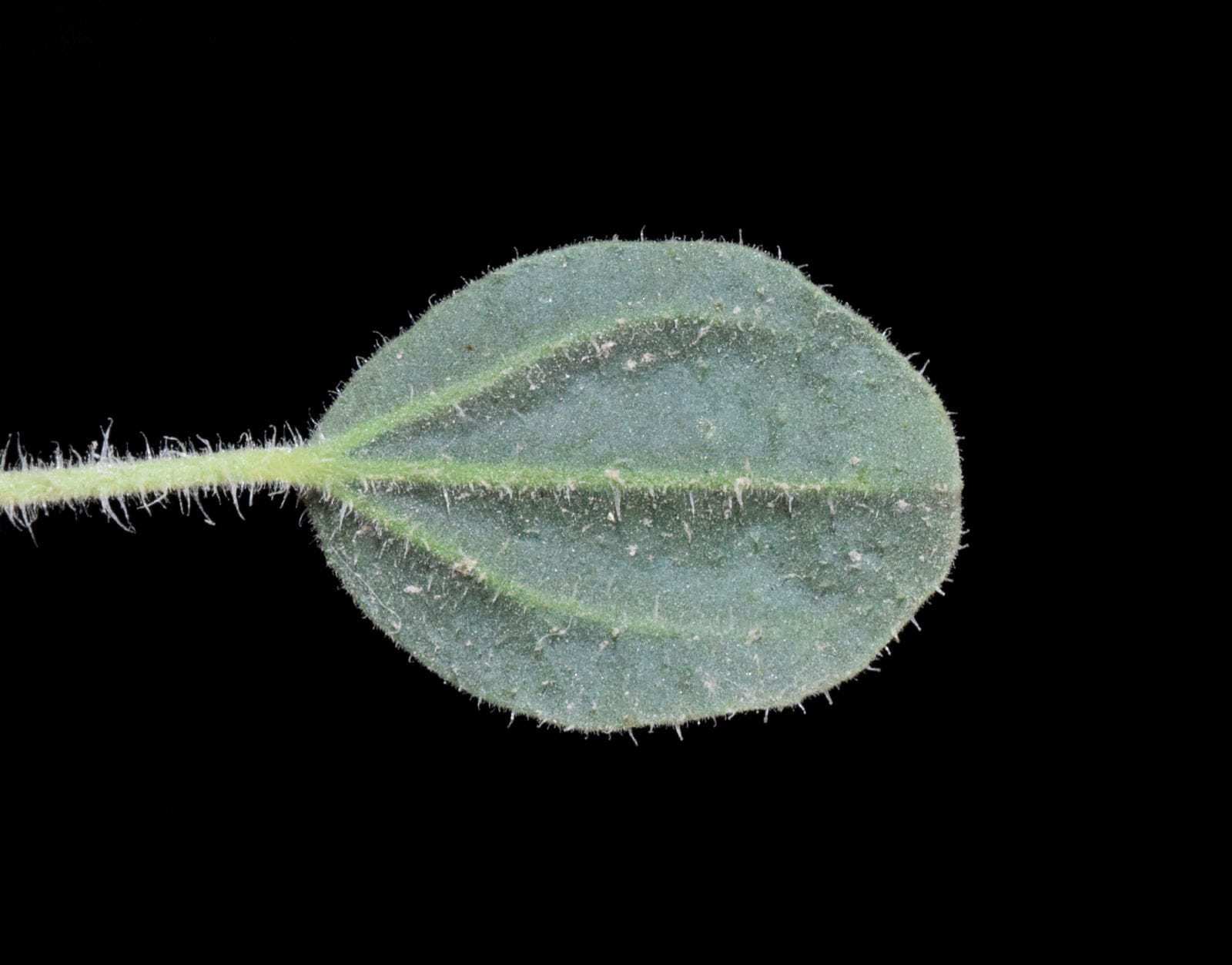
(Source: POWO KEV)
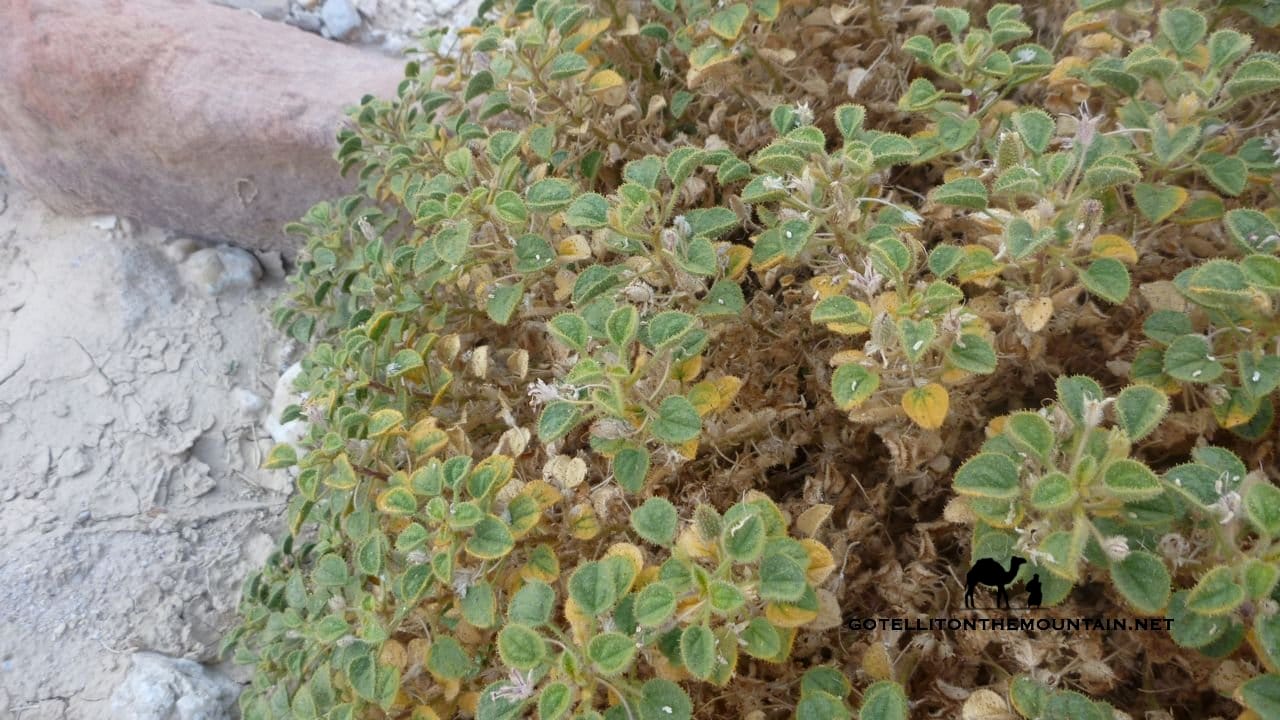
MEDICINAL PROPERTIES
according to scientific research
Anti-inflammatory:
Traditionally, Samwa is used to reduce inflammation, which is consistent with its bitter and astringent properties. The energetics of the herb suggest that it cools and dries excess heat and moisture in the body, which are often associated with inflammation.
Hypoglycemic:
This herb is known for its potential to lower blood sugar levels, making it useful in managing diabetes. This action aligns with its bitter nature, which can help regulate metabolism and support the body's insulin response.
Skin treatments:
Useful for wound healing and treating skin infections. The plant can be applied topically as a poultice or wash. Suitable for minor cuts, burns, or dermatological issues.
Antimicrobial:
Samwa has been traditionally used to combat infections, particularly skin infections. It helps to cleanse and purify, removing pathogenic influences.
Antioxidant:
Samwa has been found to exhibit strong antioxidant properties, which help in neutralizing free radicals in the body.Antioxidants protect cells from oxidative stress, which is linked to various chronic diseases, including cancer and cardiovascular diseases. The presence of phenolic compounds contributes to this activity.
Hepatoprotective:
Some studies indicate that Cleome droserifolia may have protective effects on the liver, helping to prevent liver damage caused by toxins.The hepatoprotective effects are likely related to its antioxidant and anti-inflammatory properties, which help to mitigate oxidative damage to liver cells.
Digestive Health:
Traditional uses of Cleome droserifolia for digestive issues have been supported by some studies showing its efficacy in alleviating gastrointestinal discomfort.
The plant's bitter compounds may stimulate digestive enzymes and bile production, promoting better digestion and reducing bloating.
Anticancer Potential:
Preliminary studies have suggested that extracts of Cleome droserifolia may possess anticancer properties, inhibiting the proliferation of cancer cells in vitro.The anticancer effects could be attributed to the presence of specific phytochemicals that induce apoptosis (programmed cell death) in cancer cells.
BEDOUIN HERBAL TRADITION
Medicinal Uses of Samwa by Bedouins
Diabetes Management:
The Bedouins commonly prepare a decoction of samwa to treat diabetes, leveraging its hypoglycemic properties.
Wound Healing:
For open sores and cuts, the leaves of Cleome droserifolia are ground, boiled in clarified butter (samin), strained, cooled, and then applied to the wound to promote healing.
Treatment of Bee Stings and Infections:
Samwa is also employed to address bee stings and various internal and external infections, showcasing its versatility in traditional medicine.
HERBAL ENERGETICS
The energetics of a plant in herbal medicine refers to the qualities of the plant that affect the body, such as its temperature (hot or cold), moisture (dry or moist), and actions (stimulating or sedating). These qualities help determine how the plant interacts with the body’s systems.
ENERGETICS OF SAMWA
Temperature: Warming
Cleome droserifolia is considered to have a warming effect on the body. This is typical of many desert herbs, which are thought to stimulate circulation and metabolism, counteracting the cooling effects of certain conditions or climates.
Moisture: Drying
For those with symptoms of excess dampness or heat, such as bloating, inflammation, or infections, Cleome droserifolia can be beneficial due to its ability to clear excess moisture and promote healing.
Taste:
-
Bitter
The herb has a bitter taste, which is often associated with detoxifying and purifying properties in traditional medicine. Bitter herbs are known to stimulate digestive enzymes and bile flow, aiding in digestion and supporting liver function. -
Astringent
It may also have an astringent quality, which helps to tighten tissues and reduce secretions, making it useful in treating conditions like diarrhea or excessive perspiration.
CONTRAINDICATIONS
-
Pregnancy and Breastfeeding
Due to a lack of sufficient research on its safety during pregnancy and lactation, it is generally recommended that pregnant or breastfeeding women avoid using Cleome droserifolia. -
Hypoglycemia and diabetic patients on medication
Individuals with diabetes who are on medication to lower blood sugar levels should use Cleome droserifolia cautiously. The herb has hypoglycemic properties, which can enhance the effects of diabetes medications, leading to potential hypoglycemia (low blood sugar). -
Surgery
It is advisable to stop using Cleome droserifolia at least two weeks before any scheduled surgery. The plant may affect blood sugar levels and interfere with blood glucose control during and after surgery.
EXTERNAL REFERENCES:
- Egyptian herbal monograph on Samwa by Egyptian Drug Authority (EDA)
- Dr. Aziz Health Care on Samwa
- Plants of the world online- Royal botanical gardens KEW
- Bernadette Simpson, "Wandering through wadis: a nature-lover's guide to the flora of South Sinai", 2013, NimNam books
- PubMed research on Cleome droserifolia
- Research on Samwa on Net Journals
